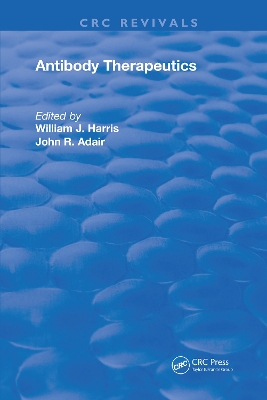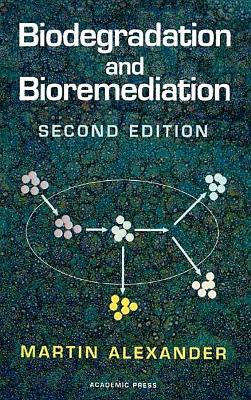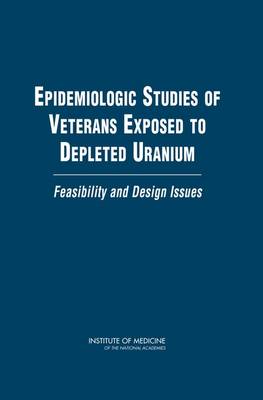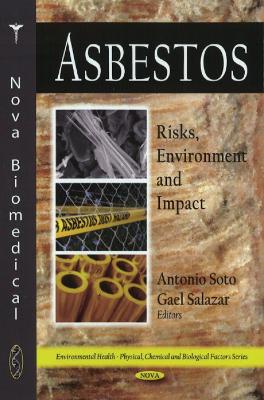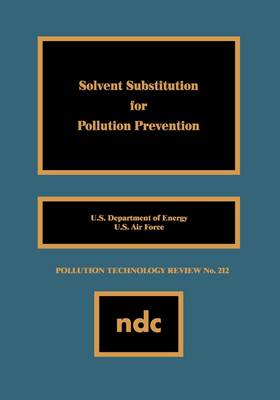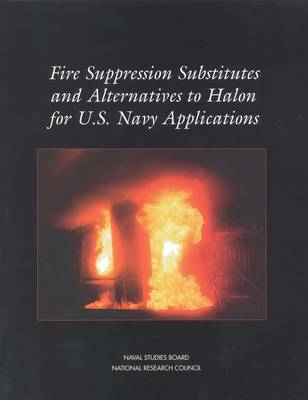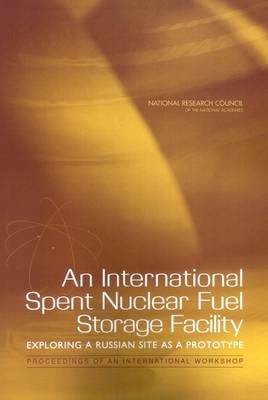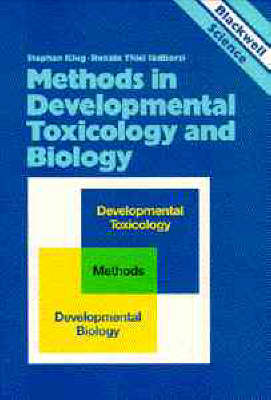Antibody Therapeutics (Routledge Revivals)
Published in 1997: Antibody Therapeutics is a comprehensive evaluation of progress toward using humanized antibodies as a new generation of therapeutics. The humanized antibodies that have led the way in product approval are discussed as case studies, offering an insight into the preclinical and clinical data acquired during the regulatory approval process. Leading experts offer their findings as examples of what works and what does not, saving you time and making your research more cost effecti...
Bees and Pesticides (Issues in Toxicology)
The effect of pesticides on bees is a hot topic of discussion with the current focus on neonicotinoids and the recent restrictions imposed on its use. Interest in these issues is likely to continue for the foreseeable future with the drive for increased agricultural production. This book will address the most up-to-date information and aims to present a balanced perspective of this much-debated topic with contributors from academia, industry and government. Coverage of issues related to toxicity...
Health Effects of Toxic Substances
by M J Malachowski and Arleen F Goldberg
Biodegradation has been the subject of active concern for the past 40 years. Recently, the field has expanded to encompass a wide variety of chemicals, a broad array of issues, and the development of the new bioremediation industry. This book presents the basic principles of biodegradation and shows how these principles relate to bioremediation. Authored by a world-renowned environmental microbiologist, Biodegradation and Bioremediation presents microbiological, chemical, toxicological, environm...
Assessment of the Scientific Information for the Radiation Exposure Screening and Education Program
The Radiation Exposure Compensation Act (RECA) was set up by Congress in 1990 to compensate people who have been diagnosed with specified cancers and chronic diseases that could have resulted from exposure to nuclear-weapons tests at various U.S. test sites. Eligible claimants include civilian onsite participants, downwinders who lived in areas currently designated by RECA, and uranium workers and ore transporters who meet specified residence or exposure criteria. The Health Resources and Servic...
Epidemiologic Studies of Veterans Exposed to Depleted Uranium
Depleted uranium, a component of some weapons systems, has been in use by the U.S. military since the 1991 Gulf War. Military personnel have been exposed to depleted uranium as the result of friendly fire incidents, cleanup and salvage operations, and proximity to burning depleted uranium-containing tanks and ammunition. Under a Congressional mandate, the Department of Defense sought guidance from the Institute of Medicine in evaluating the feasibility and design of an epidemiologic study that w...
Asbestos
Asbestos is a naturally occurring silicate mineral with long, thin fibrous crystals. It is known as the miracle mineral because of its soft and pliant properties, as well as its ability to withstand heat. Asbestos is known to be toxic and the inhalation of asbestos can be potentially lethal. Since the mid 1980s, many uses of asbestos have been banned in several countries. The Environmental Protection Agency also banned the use of asbestos and as a result, man-made fibres have been manufactured a...
Solvent Substitution for Pollution Prevention
by U.S. Department of Energy and Us Air Force
Provides up-to-date information on current technologies and practices in solvent substitution for those involved in handling, using or managing hazardous and toxic solvents, based on an international workshop held in 1990. Covers a wide range of solvent substitution activities: paint stripping, coating applications, printed circuit boards, metal cleaning, metal finishing, manufacturing, hardware and weapons production and maintenance, compliance monitoring, and process control monitoring.
This text focuses on the biological interactions of sulphur compounds which arise specifically from the presence of the sulphur atom within the molecule. The book opens with introductory chapters on the chemistry and biology of sulphur, before tackling the field by introducing compounds which share a common chemical combination. In general, following a description of the uses and impact upon the biological field, specific chemical group characteristics are discussed together with the biological...
Directory Of Toxicological And Related Testing Laboratories
by The Regulatory Assistance Corporation
This guide to United States toxicology, ecotoxicology, environmental, analytical and support service laboratories is designed to help companies locate those laboratories which can test new and existing chemicals in order to determine potential hazards and risks associated with their manufacture, distribution and use. The health and safety and environmental effects of chemicals are described. The volume gives information on the following: tocixology laboratories (mammalian and related studies); e...
Research into the biochemical basis of toxicology has expanded rapidly over recent years, amidst concerns over the adverse effects of drugs, environmental pollution and occupational hazards. Following on from the acclaimed first two editions of Principles of Biochemical Toxicology, John Timbrell has expanded the text to include: summary sections questions and model answers thoroughly revised artwork These features, plus the new easy-to-read format will make biochemical toxicology more accessible...
This volume provides the reader with a comprehensive overview of the routine and special toxicologic assessments performed on pharmaceutical agents, chemicals, pesticides and consumer products. Toxicity testing procedures will be described emphasizing experimental design considerations (dose and species selection, toxicokinetic criteria) as well as regulatory guidelines and impacts of global harmonization efforts. The volume also provides insights into the risk assessment process in terms of eva...
Current concepts on mechanisms mediating chemically induced nephrotoxicity are rapidly evolving. This volume is focused on capturing this rapidly growing field by providing a comprehensive, state-of-the-art review of renal pathophysiology and toxicology, written by internationally recognized experts in the field. The first section of this volume is designed to provide the reader with the needed background information; including an overview of clinical nephrotoxicity, the anatomy and physiology o...
As part of a long-standing collaboration on nuclear nonproliferation, the National Academy of Sciences and the Russian Academy of Sciences held a joint workshop in Moscow in 2003 on the scientific aspects of an international radioactive disposal site in Russia. The passage of Russian laws permitting the importation and storage of high-level radioactive material (primarily spent nuclear fuel from reactors) has engendered interest from a number of foreign governments, including the U.S., in explor...
Micromycetes in Foodstuffs and Feedstuffs (Progress in Industrial Microbiology, v. 28)
by Z. Jesenska
This text provides the reader with an up-to-date overview on moulds and plant fungi in food raw materials, foodstuffs and feedstuffs, the incidence of toxic metabolites of moulds and their significance for the health of both man and farm animals. The introductory chapters are devoted to the influence of mycotoxins on the organism of man and farm animals. The incidence of micromycetes in food raw material and foodstuff (meat, meat products, milk, milk products, cereals, grains of corn, rice, flou...
Dermatotoxicology Methods
This work presents and evaluates methods employed to identify the potential of certain types of chemicals to adversely affect the skin. A variety of test methods are included such as tests for skin penetration, metabolism, irritation, the skin immune system, photo effects, skin cancer, and topical effects of retinoids and depigmenting chemicals. Tests for chemicals that affect the reproductive and nervous system are also included. Both animal and human tests that have been standardised and tests...
International concern in scientific, industrial, and governmental communi ties over traces of xenobiotics in foods and in both abiotic and biotic envi ronments has justified the present triumvirate of specialized publications in this field: comprehensive reviews, rapidly published research papers and progress reports, and archival documentations. These three international pUblications are integrated and scheduled to provide the coherency essential for nonduplicative and current progress in a fie...
Methods in Developmental Toxicology and Biology
This book provides information on the latest research from the areas of both developmental toxicology and developmental biology. It covers a wide spectrum of the most powerful techniques currently available for studying the basic parameters of development in vitro and in vivo. The detailed theoretical background allows the critical assessment and application of these techniques. Experimental work in animal systems involves investigations in organisms and at the molecular and cellular level. The...
Cadmium (Environmental Toxin, #2)
On May 25,1978, the Commission on Toxicology ofthe Division of Clinical Chemistry of the International Union of Pure and Applied Chemistry (IUPAC) established its Subcommittee on Environmental and Occupational Toxicology of Cadmium following aseries of Commission meetings in Kristiansand, Norway. I was appointed chairman ofthe new Subcommittee by the Commission on Toxicology (chairman at that time F. w. Sun derman Jr. ) in which I served from 1977 as an Associate Member and from 1979 as a Titul...
